Have You Heard of the Sixth Extinction? And What Can We Do?
Extinction — a daunting word most of us have heard since childhood. We all know what it meant for dinosaurs, but what does it mean for us?
Let’s start from the beginning… there have been five times in our planet’s history where mass extinction events have occurred, when at least half of all species perish in a short period of time. The last mass extinction occurred 65 million years ago (bye-bye dinosaurs) and wiped out an estimated 75 per cent of all plants and animals. In present day, many scientists believe the next mass extinction is already occurring.
The Sixth Extinction
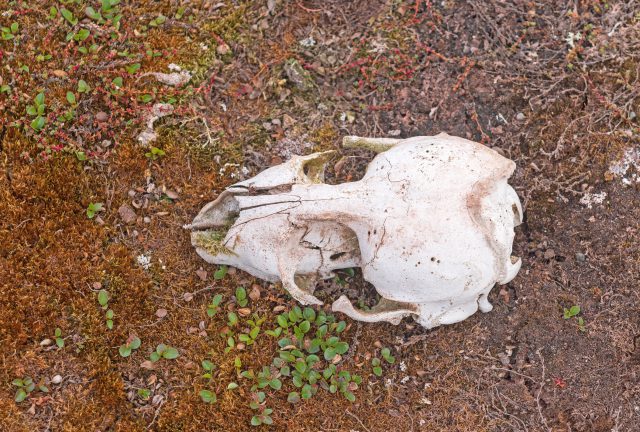
Mass extinction events take a long time. Regardless of whether we’re currently in one right now or at the beginning, there are a lot of species going extinct at a much higher rate than normal. According to The Sixth Extinction — An Unnatural History, by Elizabeth Kolbest, “the sixth extinction is predicted to be the most devastating since the asteroid impact that wiped out the dinosaurs.” And who’s to blame? Humans, of course. Kolbest states, “…those of us alive today not only are witnessing one of the rarest events in life’s history, we are also causing it.”
The Worst Part?
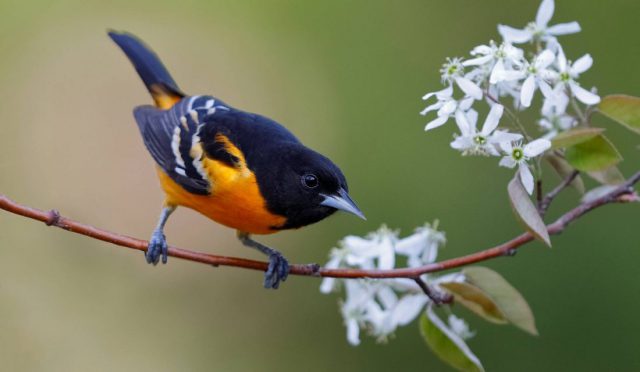
The numbers predicted by scientists might actually be much more devastating. The International Union for Conservation of Nature (IUCN) lists 42,100 species as threatened with extinction on their Red List of Threatened Species. However, it is estimated that thousands of species are data-deficient (DD), meaning there is not enough data to accurately determine their risk of extinction.
This is extremely concerning as a recent study published in Communications Biology suggests that DD species as a group might be more threatened than those with sufficient data. For example, using machine learning-derived probabilities, predictions suggest 85 per cent of DD amphibians are likely to be threatened by extinction. It’s not looking promising for mammals and reptiles either, with an estimated 50 per cent of these DD species heading towards extinction as well.
How Can You and I Help?
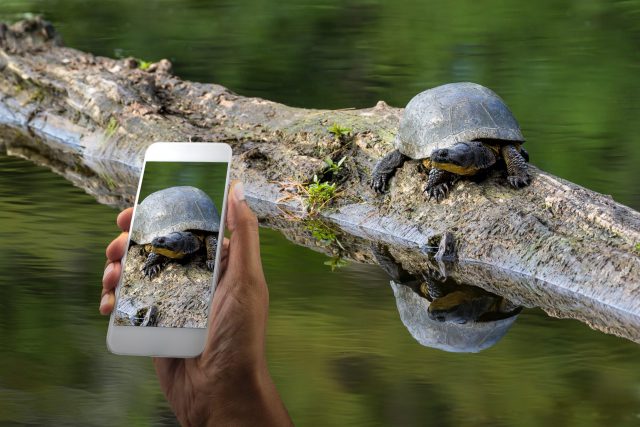
You might already be thinking of it… the tool that allows everyday Canadians to become citizen scientists — iNaturalist.ca! It is our gateway to understanding more about species across the globe and its use has never been more crucial than now. By uploading observations of living things, scientists are able to use this valuable data to map biodiversity. Just think… if millions of Canadians started to use iNaturalist.ca to record their observations in nature, many species would have the potential to become more understood.

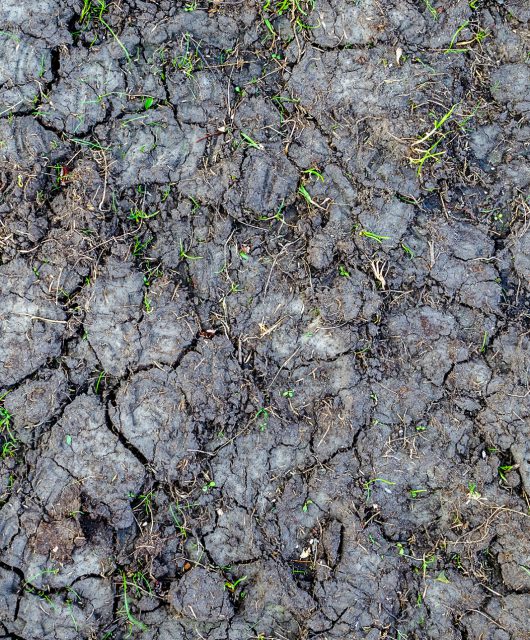
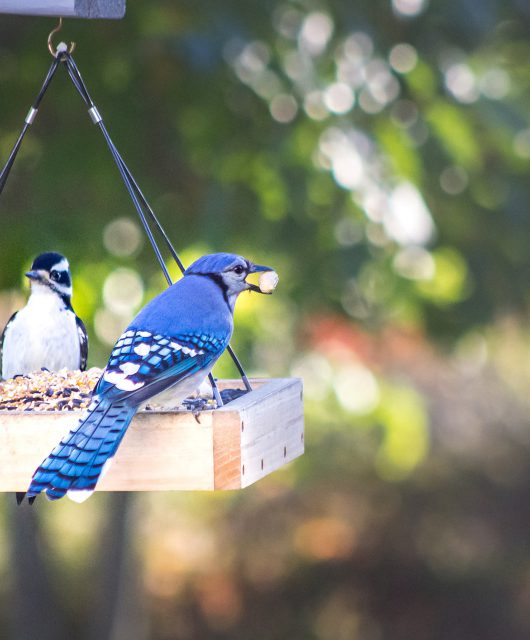
5 comments
I am present to the mass extinction that we are in the middle of – that we have caused and continue to cause. I see all the small things we can do to support nature and educate others about our devastating imprint, which I will continue to explore and act on. However, I am doubtful that these actions can save us from mass extinction. Knowledge alone seems to make no difference. Only a deep spiritual reconnection with Mother Earth can save us.
What I see more clearly is the need for capitalism to fall and the global economy that traps us in this death spiral to come to its natural end. In preparation, I see the need to be proactive in creating localized sustainable communities now, which includes learning how to sustain Mother Earth and all the creatures in our bioregions, where we live and die. I see the need to continue taking all the wonderful actions CWF suggests to protect and regenerate the earth; equally important is the need for each of us to find our place and learn or re-learn the gardening/ farming, and stewardship skills that will allow us to survive and thrive with the resources we already have in our own place.
Exactly! Until capitalism meets it end and our economy depends not on profit, but the liveability of all creatures big and small on our planet earth we will continue to our own extinction. Stewardship of this planet is up to us and we have been failing terribly since the industrial revolution. It is way past time that we take responsibility of our past and make a future through following SCIENCE instead of money. Time is not on our side, so now is the time for stewardship and following what the CWF and many other organizations have been telling us for many years. These suggestion should not be falling on deaf ears. Unfortunately I believe I am preaching to the choir if you are reading this.
I just read about bat vulnerability to wind tubines,
Wind and sun energy are intermittent. Nuclear could pose
a solution,especially.if thorium was used
Betty-Jane … I am a 68 year electrical engineer. I fully affirm your comment about Thorium nuclear energy. I would also add … possibly in a longer time frame … Zero Point Energy could be deployed.
WOW… 2.9 billion birds extinct since the 1970s. I grew up in the mid 1960s/early ’70s and I noticed by the early 1980s a drastic difference in the number and types of birds I used to see. Eastern Bluebirds, Northern Orioles, Meadowlarks, Warblers, Wrens, Swallows, Cardinals, Grosbeaks, etc. all significantly reduced in the Greater Toronto Area and the Kawarthas.
For one thing, if some of the cat owners out there were more responsible, they would ensure their cats are kept indoors at all times. I can’t tell you how many dead birds I’ve seen just in the neighbourhood I live in. Many of them songbirds like Warblers. I know most cat owners don’t allow this, but unfortunately some do. This isn’t good for the cats either – they become prey for coyotes, etc.
For another, farmers need to STOP using pesticides on their land. The use of neonicotinoids is bad for insects AND the bird species that eat them. Neonicotinoids need to be 100% banned – worldwide. Canada has the ability to be a leader in that regard.